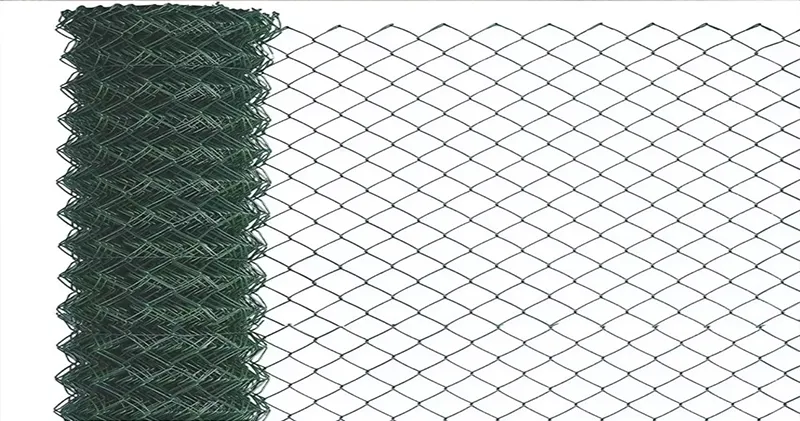-
 Phone:
Phone: -
 Email:
Email:

Understanding the Applications and Benefits of Bar Tie Wire in Construction Industry
Understanding Bar Tie Wire An Essential Component in Construction
In the construction industry, the importance of using the right materials cannot be overstated. Among the myriad of components that play a crucial role in ensuring structural integrity and longevity, bar tie wire stands out for its practicality and effectiveness. This article will delve into the essentials of bar tie wire, its applications, types, and why it is a vital material in various construction projects.
What is Bar Tie Wire?
Bar tie wire is a galvanized iron wire commonly used in the construction sector, specifically in reinforcing concrete structures. Its primary function is to tie rebar (reinforcing bar) together, ensuring that the bars stay in place during the pouring of concrete. The use of bar tie wire helps maintain the desired spacing and alignment of rebar, which is critical for the strength and durability of concrete structures.
Applications of Bar Tie Wire
1. Reinforced Concrete Construction In reinforced concrete construction, bar tie wire is used extensively to bundle and secure rebar in place. This process ensures that the rebar can effectively support tensile forces, enhancing the overall load-bearing capacity of the concrete.
2. Precast Concrete Elements When manufacturing precast concrete components, such as beams and slabs, bar tie wire is essential for securing rebar cages. It allows these components to be assembled efficiently and ensures they can withstand various structural loads when installed on-site.
3. Masonry Projects Bar tie wire is also used in masonry projects to provide additional reinforcement in walls. By tying together the masonry units, bar tie wire contributes to achieving a robust structure resistant to cracking and other forms of damage.
4. Formwork Support In the construction of formwork, bar tie wire is employed to stabilize the formwork panels, ensuring they remain in the correct position until the concrete sets.
Types of Bar Tie Wire
Bar tie wire comes in different types and sizes, each suited for specific applications
bar tie wire

1. Gauge The wire gauge typically ranges from 16 to 18, with a higher gauge indicating a thinner wire. Thicker wires (lower gauge numbers) are often preferred for heavier applications where more strength is required.
2. Galvanized vs. Black Annealed Bar tie wire is available in galvanized and black annealed versions. Galvanized wire is coated with a layer of zinc, providing better corrosion resistance, making it suitable for outdoor projects and exposure to moisture. In contrast, black annealed wire is softer and more pliable, making it easier to work with but more susceptible to rust.
3. Twisted vs. Non-Twisted While twisted bar tie wire offers superior grip and is often recommended for rebar applications, non-twisted varieties can be used for lighter applications and are generally easier to handle.
Advantages of Using Bar Tie Wire
1. Ease of Use Bar tie wire is easy to cut, bend, and tie, making it a favorite among construction workers. Its lightweight nature allows for convenient handling without compromising strength.
2. Cost-Effective Compared to alternative tying methods such as plastic ties or mechanical fasteners, bar tie wire is an economical choice, providing significant savings for large projects.
3. Versatility Bar tie wire can be used in various applications, from residential buildings to heavy industrial projects, making it a versatile tool in a contractor's arsenal.
4. Structural Integrity By ensuring that rebar remains correctly positioned, bar tie wire helps maintain the structural integrity of reinforced concrete, contributing to the safety and longevity of the construction.
Conclusion
In summary, bar tie wire is an indispensable material in the realm of construction. Its applications range from securing rebar in reinforced concrete to enhancing the stability of masonry walls. With various types available, it can cater to different project requirements while offering numerous advantages, including ease of use and cost-effectiveness. As construction practices continue to evolve, the fundamental role of bar tie wire in ensuring robust and durable structures remains a constant. For any construction professional, understanding and effectively utilizing bar tie wire is key to the success of their projects.
-
Wire Mesh for Every Need: A Practical SolutionNewsJul.25,2025
-
Steel Fences: Durable, Secure, and Stylish OptionsNewsJul.25,2025
-
Roll Top Fencing: A Smart Solution for Safety and SecurityNewsJul.25,2025
-
Cattle Farm Fencing Solutions for Maximum SecurityNewsJul.25,2025
-
Affordable Iron Binding Wire SolutionsNewsJul.25,2025
-
Affordable Galvanized Wire SolutionsNewsJul.25,2025
-
Wire Hanger Recycling IdeasNewsJul.25,2025








